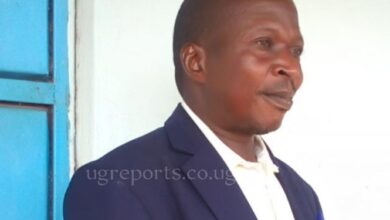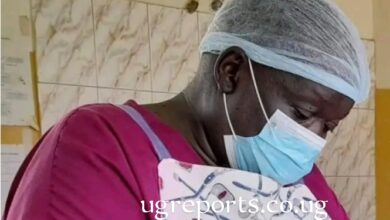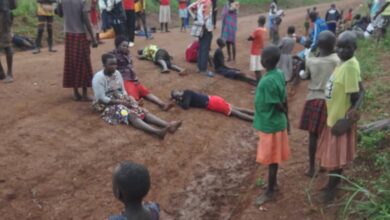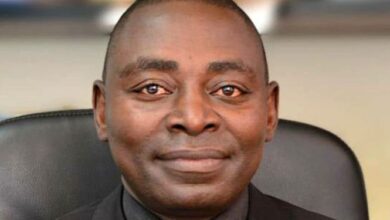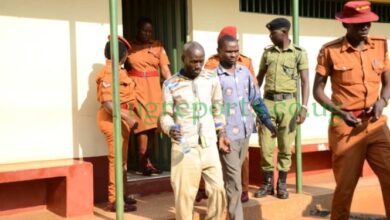Over 50 fearless Congolese soldiers take over Ugandan territory
The incursion raised tensions and concerns among local Ugandan leaders and residents.
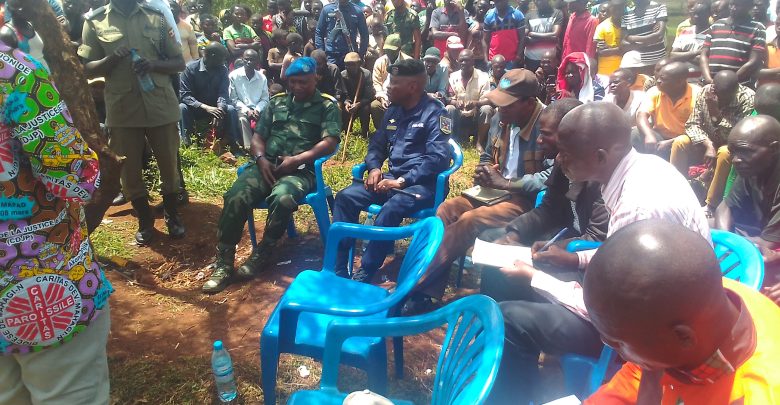
Zombo: On January 3, 2025, over 50 armed soldiers from the Democratic Republic of Congo (DRC), led by the Resident District Commissioner (RDC) of Mahagi Territory in Ituri Province, crossed into Ugandan territory at Awasi Center, Afuda Parish, Jangokoro Sub-County, in Zombo District.
The incursion raised tensions and concerns among local Ugandan leaders and residents.
Local leaders have reported that the Congolese forces are claiming ownership of the area where the Zombo District local government is currently implementing a borehole drilling project.
This water project, which aims to provide clean water to the community, will benefit thousands of people from both Uganda and DR Congo, who share common cultural, linguistic, and traditional ties, as well as national identity cards.
Festus Ayikobua, the RDC of Zombo, confirmed the incident, revealing that the Congolese soldiers had crossed into Ugandan territory to halt the water construction project. “We received information that my colleague, the RDC of Mahagi, had come with more than 50 soldiers to stop the water project in my Sub-County,” Ayikobua explained.
The Ugandan authorities immediately condemned the action, which they described as a violation of international law. “This act is a clear violation of our territorial rights, and we have consulted with our security team. As of now, the Congolese forces have withdrawn from our territory,” Ayikobua assured the public.
Ayikobua also stated that Ugandan soldiers have been deployed to the region to maintain peace and order. He urged the Congolese authorities to resolve such disputes through appropriate diplomatic channels, rather than military intervention. “We advise the Congolese authorities to use amicable and appropriate measures to resolve issues between our two countries,” he said.
The area in question, according to local leaders, has long been part of Uganda’s Zombo District. Local leaders have expressed confusion about why the Congolese forces had targeted the location, especially given that it has been used by Uganda for many years.
James Oruna Oyullu, the LCV Chairperson of Zombo, called for the intervention of Uganda’s Ministry of Internal Affairs and the Congolese government in Kinshasa to address the boundary issue.
“The purpose of their incursion should have been very clear to us as leaders. They should have come to us first to inquire about the water drilling in that particular area,” Oyullu stated.
He further explained that the area in question is not located within DR Congo but is firmly within Uganda’s border. “The area they are claiming is, in fact, in Uganda, at the border,” Oyullu emphasized in an interview with this publication.
This incident is part of a series of long-standing territorial disputes between Uganda and DR Congo that have persisted since the early 2000s. Despite continuous efforts by both nations to resolve these issues amicably, tensions remain, particularly over border demarcation.
Ugandan traders from Paidha Town Council in Zombo District have also raised concerns about the harsh treatment they face from Congolese authorities when crossing the border to attend the Awasi Weekly Market in DR Congo. Such incidents have fueled further friction between the two nations.
In May 2024, tensions escalated when Congolese locals took control of three Ugandan villages Acu, Oyaro, and Acu Cell in Padea Town Council and Abanga Sub-County. This led to increased community unrest until a crisis meeting between Ugandan and Congolese authorities was held at Acu Village to de-escalate the situation.
Moreover, last year, Uganda and DR Congo held a joint technical committee meeting in Goma, DR Congo, aimed at reaffirming their shared border.
This meeting sought to establish a comprehensive roadmap for defining the 817-kilometer boundary and address territorial disputes between the two countries.
According to Uganda’s Ministry of Foreign Affairs, significant progress has been made in reaffirming the border, with 44.8 kilometers of the boundary now clearly defined.
This includes the 28-kilometer stretch from Offo/Vura and the 16.8-kilometer section from Sarambwe/Bwindi. However, both countries acknowledge that there is still much work to be done to fully clarify the entire border.
Do you have an advertisement or article you want to publish? Mail us at theugreports@gmail.com or WhatsApp +256394700683.


